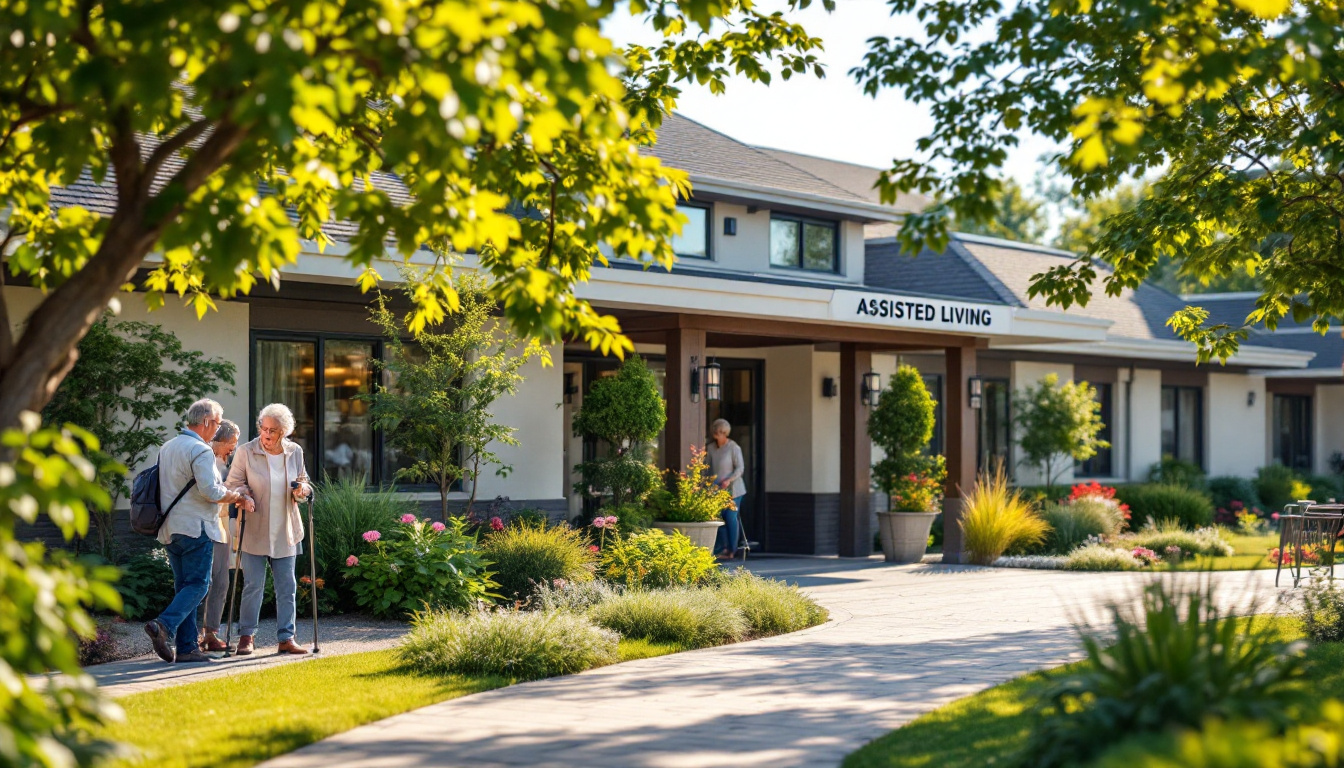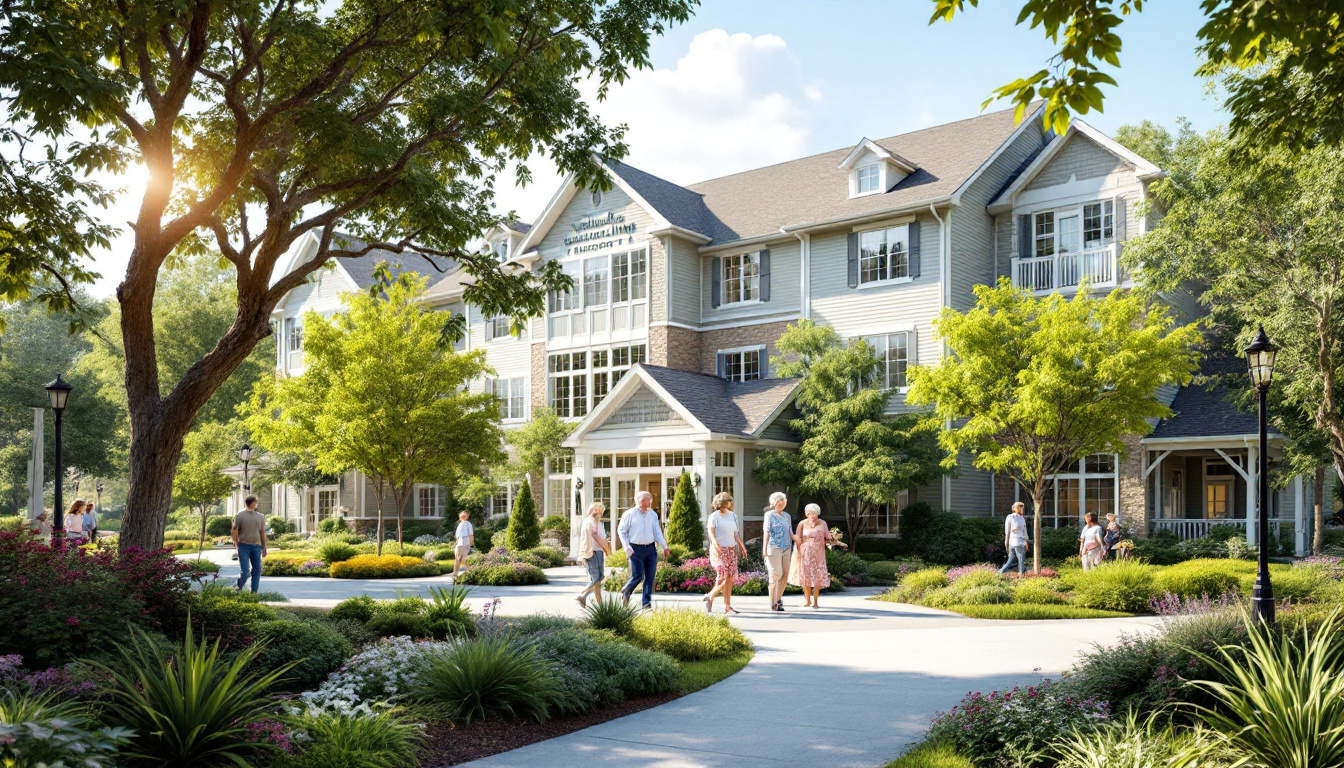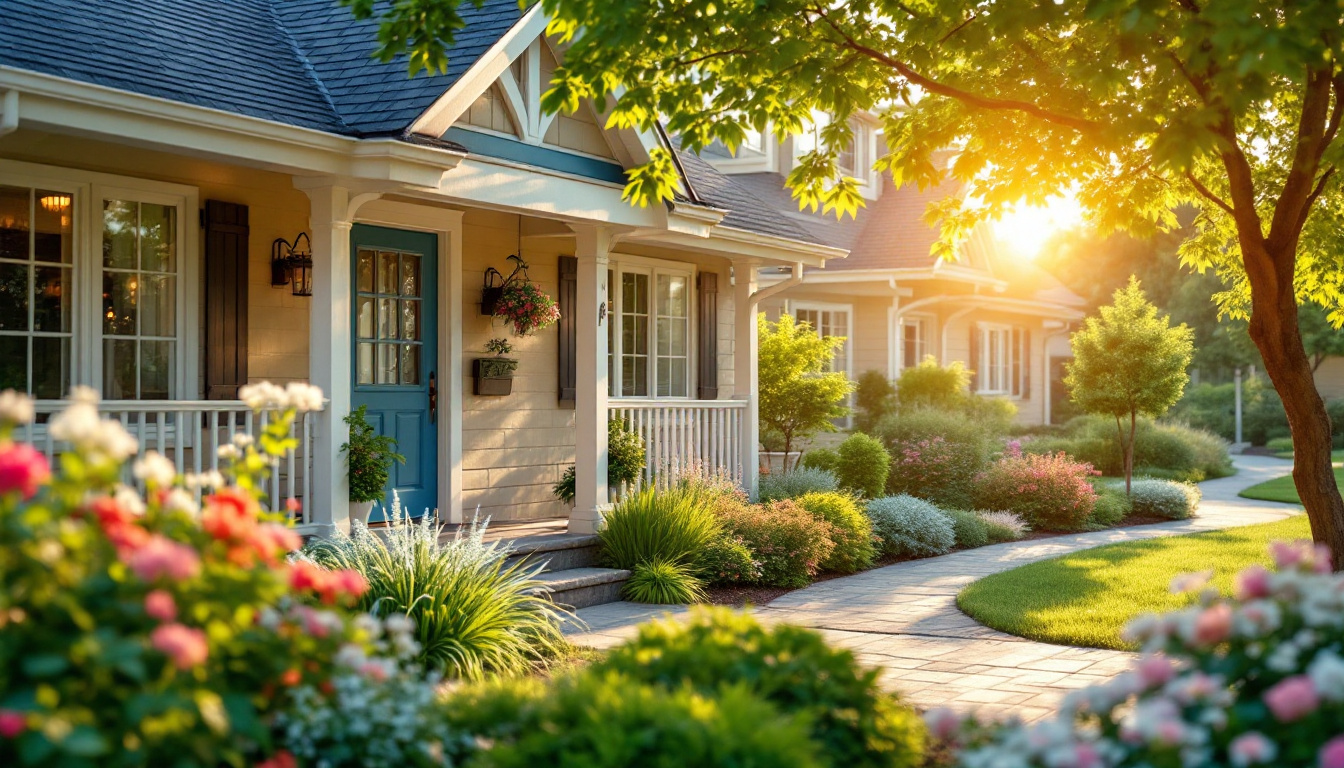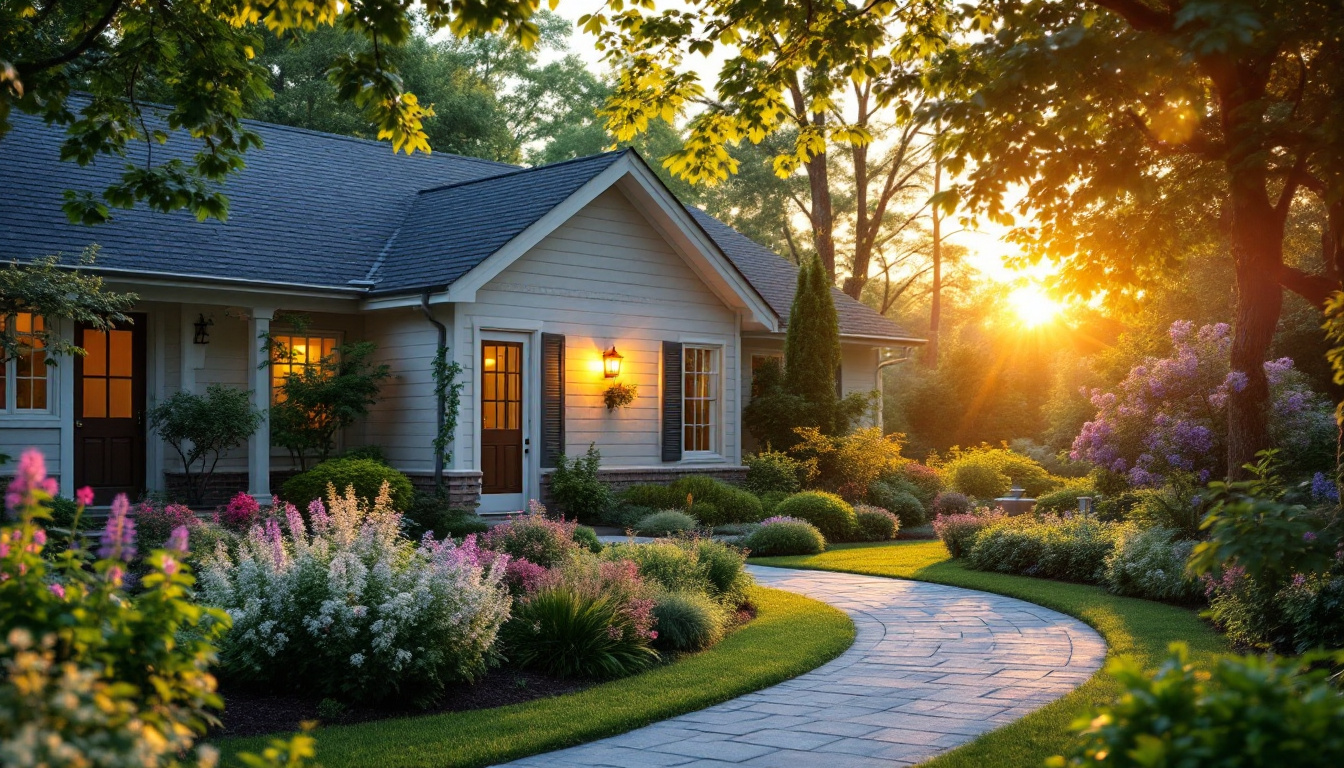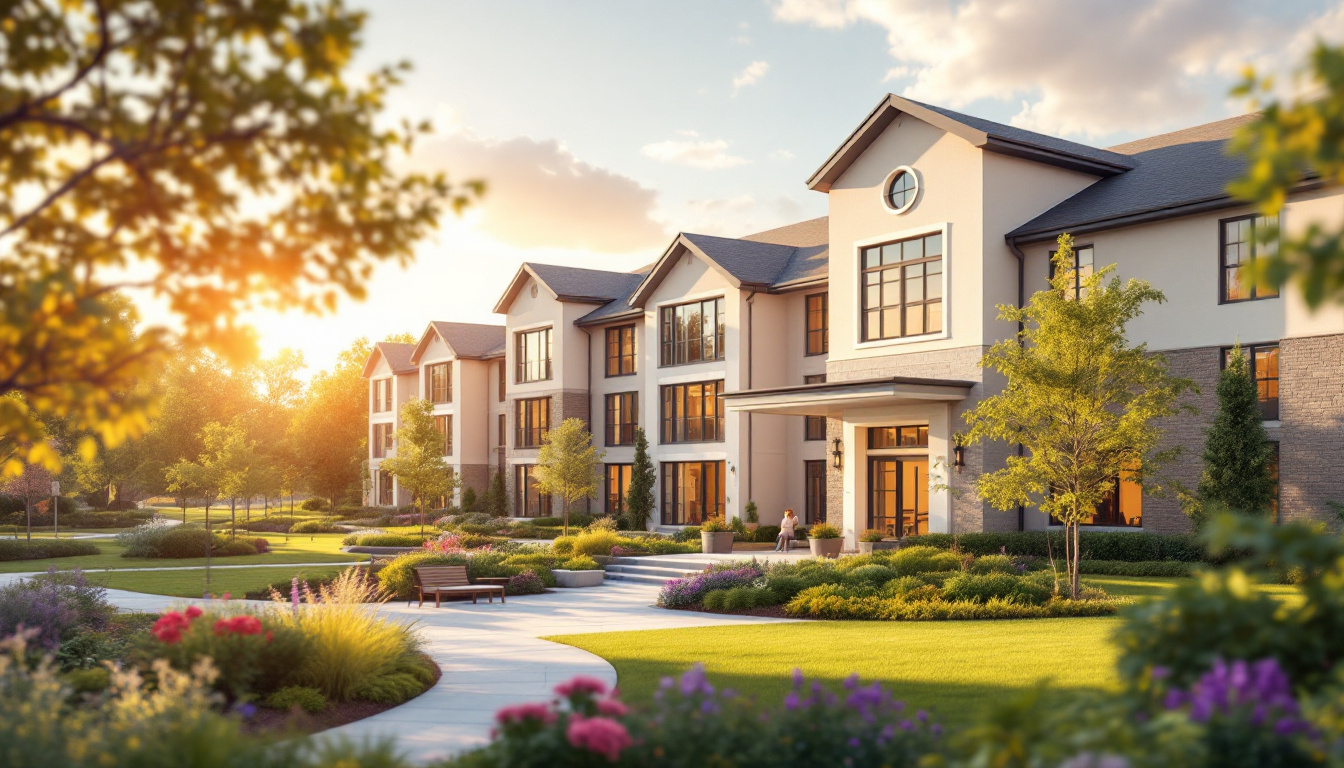What to Look for When Visiting a Senior Care Facility
Navigating Your Visit: Essential Tips for Choosing the Right Senior Care Community

Laying the Foundation for a Confident Decision
Selecting a senior care facility is a vital decision that impacts your loved one's health, happiness, and overall quality of life. A thorough, informed visit can reveal the true environment, staff quality, safety, and community spirit of potential homes. This article offers comprehensive guidance on what to look for during visits, the questions to ask, and how to assess the environment to ensure it aligns with your loved one's needs and your expectations.
Understanding the Key Factors Before the Visit
What key factors should be considered when evaluating a senior care facility?
Selecting the right senior care community requires careful assessment of several important aspects. First, safety protocols are crucial — inquire about safety standards like regular inspections, emergency response systems, security features such as secure entry points, fire safety measures, and accessibility accommodations.
Next, evaluate staff qualifications. Ask about staff experience, credentials, training, and background checks. It is also important to understand staffing levels, including caregiver-to-resident ratios and whether licensed health professionals, such as nurses or physicians, are available 24/7. Consistent staffing and low turnover rates often indicate high-quality care.
The quality of resident care and engagement is another vital factor. Observe resident interactions, cleanliness, and activity participation. Well-run communities foster a lively environment with diverse programs like physical exercises, social outings, spiritual services, and hobbies. These activities promote mental and physical health, helping residents maintain their independence and happiness.
Community culture shapes the overall experience. A welcoming, friendly atmosphere where staff and residents interact respectfully fosters a sense of belonging. Check whether residents are well-groomed, engaged, and visibly satisfied. Observe the environment during multiple visits at different times to gauge overall ambiance.
Location, accessibility, and amenities are also significant. Consider proximity to family, hospitals, and shopping centers. The community should offer convenient transportation and desirable amenities such as communal dining, outdoor gardens, pet accessibility, and recreational facilities. These features enhance quality of life for residents.
Overall, conducting thorough tours, asking detailed questions about costs, services, and policies, and corroborating information through reviews can help families make an informed decision. Ensuring the community adapts to health changes over time and respects residents' rights ensures long-term peace of mind.
| Aspect | Details to Assess | Notes |
|---|---|---|
| Safety | Inspection records, emergency features | Look for secure entrances, fire safety, accessibility |
| Staffing | Experience, ratios, training | Ask about 24/7 staff, background checks |
| Care Quality | Activities, cleanliness, resident well-being | Observe engagement and environment |
| Community Atmosphere | Friendliness, respect, environment | Visit multiple times and interact with staff |
| Location & Amenities | Proximity, transportation, outdoor spaces | Evaluate convenience and recreational offerings |
Choosing the appropriate senior care community involves assessing safety, staff quality, the environment, and available services. This comprehensive evaluation provides peace of mind, ensuring that residents receive respectful, personalized care tailored to their evolving needs.
Preparing for Your Tour: Questions That Unlock Insights

What questions should I ask during a tour of a senior care facility?
When visiting a senior care community, asking the right questions helps ensure the facility aligns with your loved one's needs and preferences. Start with staff qualifications: inquire about their training, background checks, and experience related to elder care. Staff-to-resident ratios are crucial—lower ratios typically mean more personalized attention—and find out if staff are available 24/7, especially for medical emergencies.
Safety is paramount. Ask about regular inspections, safety protocols, emergency response plans, and features like adequate lighting, clear exit signs, security cameras, and accessible safety features. Observing cleanliness routines and accessibility features can also indicate how well the community maintains safety standards.
Healthcare services form a vital part of senior care. Gather details about on-site medical staff, medication management, health assessments, therapies, and emergency procedures. Understanding how care plans are created and updated—and whether residents have access to licensed health professionals around the clock—can help gauge the community’s medical support quality.
Facilities should offer activities and amenities promoting physical, mental, and social well-being. Ask about daily activity calendars, social outings, religious services, outdoor spaces, and special programs like live entertainment or hobby groups. Dining services are another important aspect; learn if the community provides multiple meals daily, accommodates dietary restrictions, offers snacks, and if residents can sample menus.
Cost and policies often influence overall satisfaction. Clarify the monthly charges, any additional fees for extra services, policies on rent increases, refunds, and whether public assistance or insurance is accepted. Also, verify policies on friends and family visits, overnight guests, pet allowances, and room personalization options.
Engaging with residents and staff during your visit offers firsthand insights into community atmosphere and satisfaction. Observe interactions—staff should be friendly and respectful—and note residents' engagement and overall well-being. Combining these questions with a thorough in-person tour can help you select a community where your loved one will thrive and feel truly at home.
Evaluating Safety and Care Quality from Observations

How can I assess the safety and quality of a senior care environment?
Evaluating the safety and quality of a senior care facility involves careful observation and asking targeted questions. Start by inspecting the physical environment for cleanliness, proper lighting, and safety features such as handrails, non-slip flooring, and accessible bathrooms. Look for well-maintained common areas and resident rooms, which should be inviting, organized, and free of clutter that could cause falls.
Safety systems like fire alarms, emergency call buttons, exit signs, and security measures such as locked entrances or monitoring cameras are essential. Ensure the environment adheres to safety regulations and standards by verifying licensing, certifications, and inspection records.
Resident feedback on how safe they feel can provide valuable insight. Observe their interactions with staff—responsive, respectful, and attentive staff are indicators of quality care. Note how staff respond to residents’ needs, whether promptly and compassionately, especially in emergencies or during routine assistance.
It is also critical to review incident reports and safety data, looking for patterns of falls, infections, or other harm. Staff training programs on safety protocols, elder abuse prevention, and emergency procedures should be in place and actively implemented.
Furthermore, assess the safety culture by talking to staff about safety practices, incident handling, and ongoing safety audits. Residents should appear well-cared for, engaged, and comfortable, signaling an environment where safety and well-being are prioritized.
Combining direct observations with questions about safety policies and incident history will help determine whether the environment promotes both safety and quality of life for its residents.
Staff Qualifications and Resident Care

What criteria should I use to evaluate staff qualifications and resident care?
When selecting a senior care community, assessing the quality and qualifications of staff is essential. Start by asking whether staff members possess appropriate certifications relevant to elder care, such as Certified Nursing Assistant (CNA) or Licensed Practical Nurse (LPN) credentials. It's also important to ensure that staff have relevant experience working with older adults, especially those with specific health conditions like dementia or mobility challenges.
Ongoing staff training plays a vital role in maintaining high-quality care. Facilities should provide regular educational updates on elder care best practices, medication management, and safety protocols. Staff-to-resident ratios are another critical factor. Lower ratios generally allow for more personalized attention, reducing the risk of neglect and promoting better overall care.
Availability of medical professionals on-site, such as nurses and physicians, should be confirmed. Many communities have staff available 24/7 to respond to emergencies and medical needs promptly. During your visits, observe how staff interact with residents—look for friendliness, respect, and patience. Compassionate staff who communicate well and treat residents with dignity contribute significantly to residents’ well-being.
Review the community’s compliance with staffing regulations, which are often included in inspection reports or audits. Special training for handling residents with memory loss or special needs indicates a well-prepared staff capable of delivering tailored care.
Finally, consider the phrasing and protocols for developing personalized care plans. The facility should conduct thorough assessments of each resident’s medical history, routines, and preferences—then update these plans regularly to adapt to changing needs. This comprehensive approach ensures residents receive appropriate, respectful, and effective care tailored specifically to them.
Community Living and Resident Engagement

How can I observe the community and living conditions in a senior care facility?
When visiting a senior care facility, paying close attention to the community environment is essential for understanding the quality of life it offers. Start your observation by exploring common areas such as lounges, dining rooms, and activity spaces. Look for signs that residents are actively engaged—are they participating in conversations, involved in activities, or simply relaxing and socializing? Notice the cleanliness, lighting, and overall ambiance of these spaces, as they reflect the level of maintenance and atmosphere.
Engage with residents and staff during your visit to gauge their satisfaction and the social climate. Are residents smiling, making eye contact, or interacting openly? Are staff members friendly and attentive? Observe whether there is a mix of social activity and individual independence.
Take note of residents' physical appearance and activity levels. Residents who appear well-groomed, dressed appropriately, and participate in activities suggest a community that encourages social participation and health.
Assess the outdoor and recreational spaces. Well-maintained gardens, walking trails, or outdoor seating areas promote outdoor engagement and social events. Check if outdoor facilities are accessible, safe, and inviting.
Understanding the facility’s location and how residents engage with the surrounding community can indicate how well the community integrates with broader social networks. A community that fosters neighborhood connections and organizes outings or events enhances social cohesion.
Ask staff about resources and policies supporting social participation, including activity calendars, support groups, and transportation for community events. A facility committed to resident input often seeks feedback through resident councils or regular meetings, which helps tailor activities and services.
Ultimately, a vibrant, welcoming community environment is marked by active residents, friendly interactions, accessible outdoor spaces, and inclusive social programming—factors that significantly contribute to residents' overall well-being and happiness.
Supporting Residents and Making Visits Meaningful

How can I make my visits to residents meaningful and supportive?
Visiting seniors in assisted living or nursing facilities is an important opportunity to provide emotional support and strengthen relationships. The goal is to create a positive, respectful, and engaging environment that recognizes each resident’s individuality.
Personalized interactions during visits help residents feel valued. Address residents by name, speak clearly at their level, and use body language like smiling or gentle gestures to foster warmth. Engaging in activities they enjoy, such as sharing a favorite hobby or listening to music, can enhance your connection.
Including families in activities can create a sense of community and comfort. Encourage participation in group outings, celebrations, or communal dining, which can boost social bonds and reduce loneliness. Discussing residents’ interests and preferences allows you to tailor visits to their needs.
Monitoring health and well-being is also crucial. During visits, observe residents’ physical and emotional condition, and ask staff or the resident about any changes. Maintaining communication with the care team ensures that health concerns are addressed promptly, and that care plans are aligned with residents' wishes.
Respecting dignity and personal preferences is fundamental. Always ask before offering assistance, respect their choices about activities, meals, and interactions. Creating an environment that promotes independence helps residents feel empowered and respected.
Enhancing emotional connection can be achieved by sharing memories, bringing familiar items like photos or small keepsakes, or simply spending quality time together. Patience is vital, especially with residents experiencing dementia or cognitive decline; gentle gestures and consistent routines can comfort and reassure them.
Overall, meaningful visits involve attentive listening, respectful communication, and genuine compassion. These efforts can significantly improve residents’ quality of life and foster a caring, community-oriented atmosphere.
Questions answered:
What tips can help in interacting with residents and staff during a visit?
To effectively interact with residents and staff during a visit, it is important to be respectful, friendly, and attentive, using clear, simple language and face-to-face communication to overcome potential barriers such as sensory or cognitive impairments. Asking open-ended questions about their experiences and preferences encourages engagement and demonstrates empathy, helping to build trust and rapport. Observing how staff and residents interact provides insights into the facility's environment and care quality, allowing you to assess whether residents are treated with dignity and respect. Engaging proactively with staff through regular, relaxed communication and providing feedback can foster positive relationships and facilitate better understanding. Finally, respecting residents' cultural backgrounds, maintaining autonomy, and following protocols for conflict resolution can enhance the overall quality and effectiveness of your interactions during the visit.
More information on how to have meaningful and respectful visits can be found by searching for "Tips for meaningful and respectful visits to senior residents."
Making an Informed Choice for Peace of Mind
Choosing the right senior care facility requires careful observation, thoughtful questioning, and a willingness to visit multiple times at different hours. Focus on safety, staff quality, environment, and community engagement. Involving family members and the resident in decision-making, reviewing all costs and policies, and trusting your observations will help you make a confident, well-informed choice that prioritizes your loved one's dignity, safety, and happiness. Remember, a well-chosen community can be a place of comfort, activity, and belonging for years to come.
References
- Key Questions to Ask During an Assisted Living Facility Tour
- 32 Questions to Ask on a Senior Housing Tour
- Tips for Family Visits To Assisted Living Facilities - Haven Health
- Questions To Ask When Touring a Potential Assisted Living Facility
- How To Choose a Nursing Home or Other Long-Term Care Facility
- 6 Expert Tips for Touring Senior Care Facilities
- 10 Things to Look for When Touring a Senior Living Facility - Health
- Tips for Visiting a Loved One in a Nursing Home or Assisted Living ...
- What to watch out for when looking into assisted living? - Aging Care
- 7 Key Things to Look for in an Assisted Living Facility



